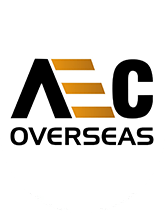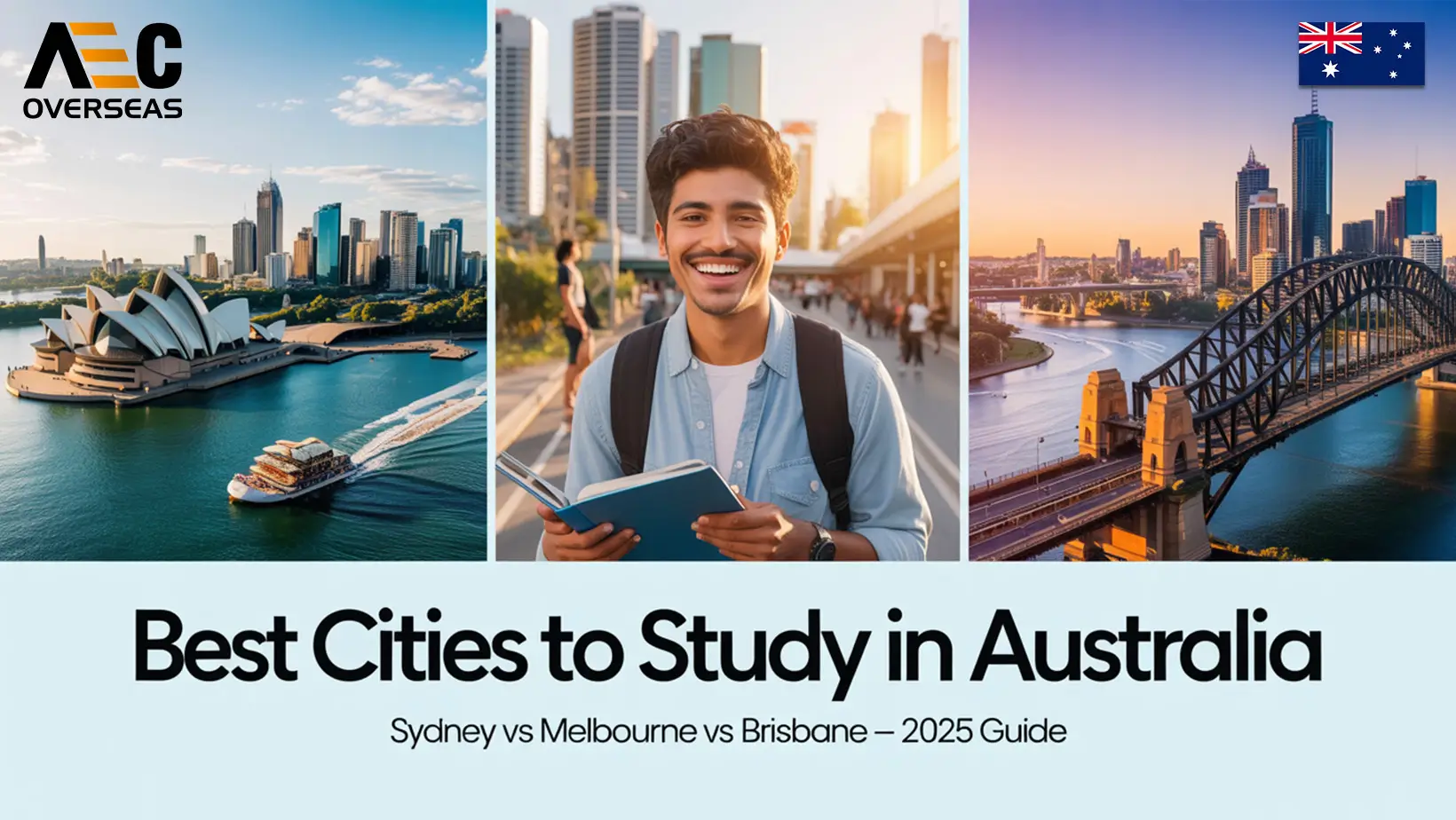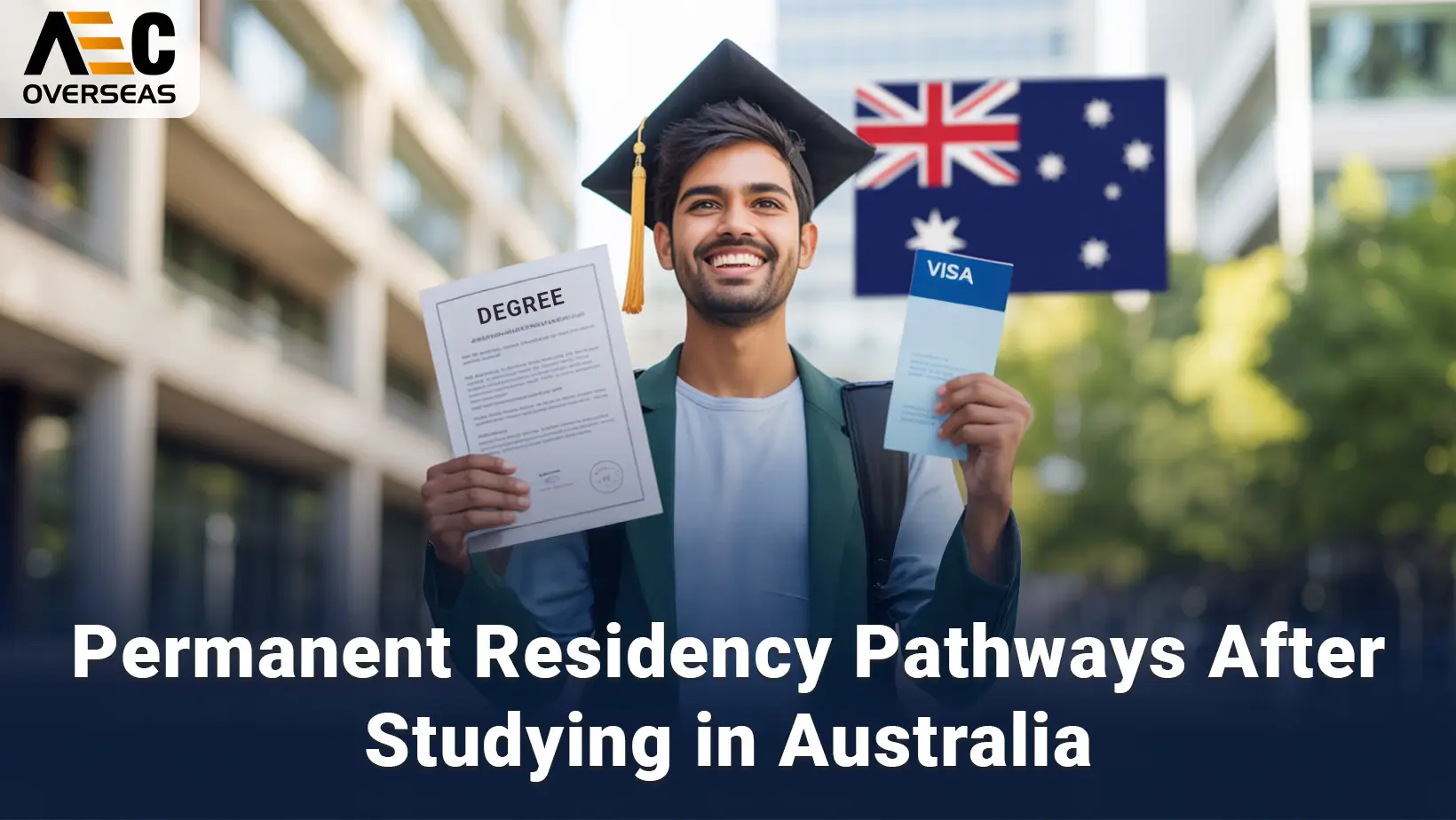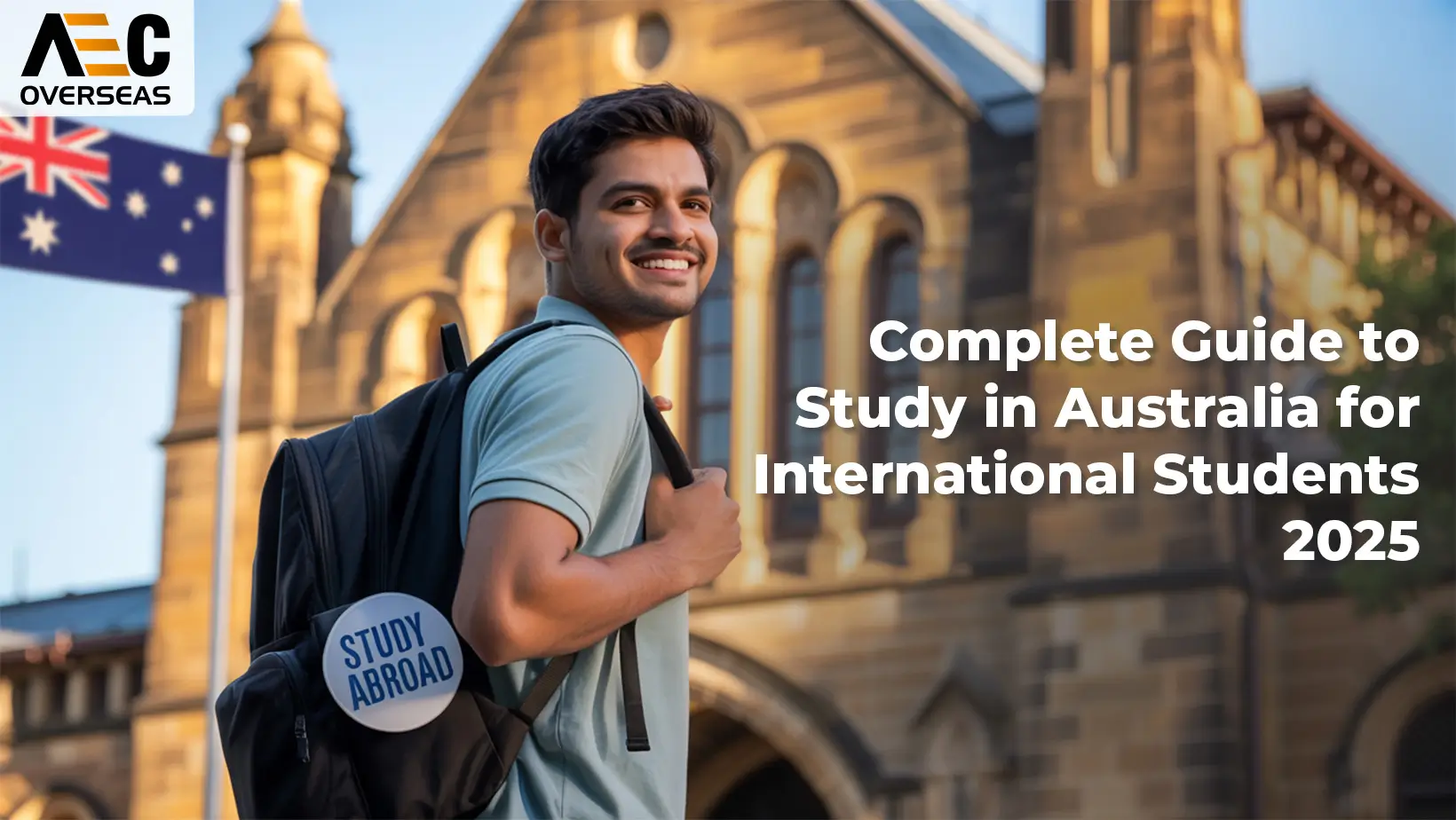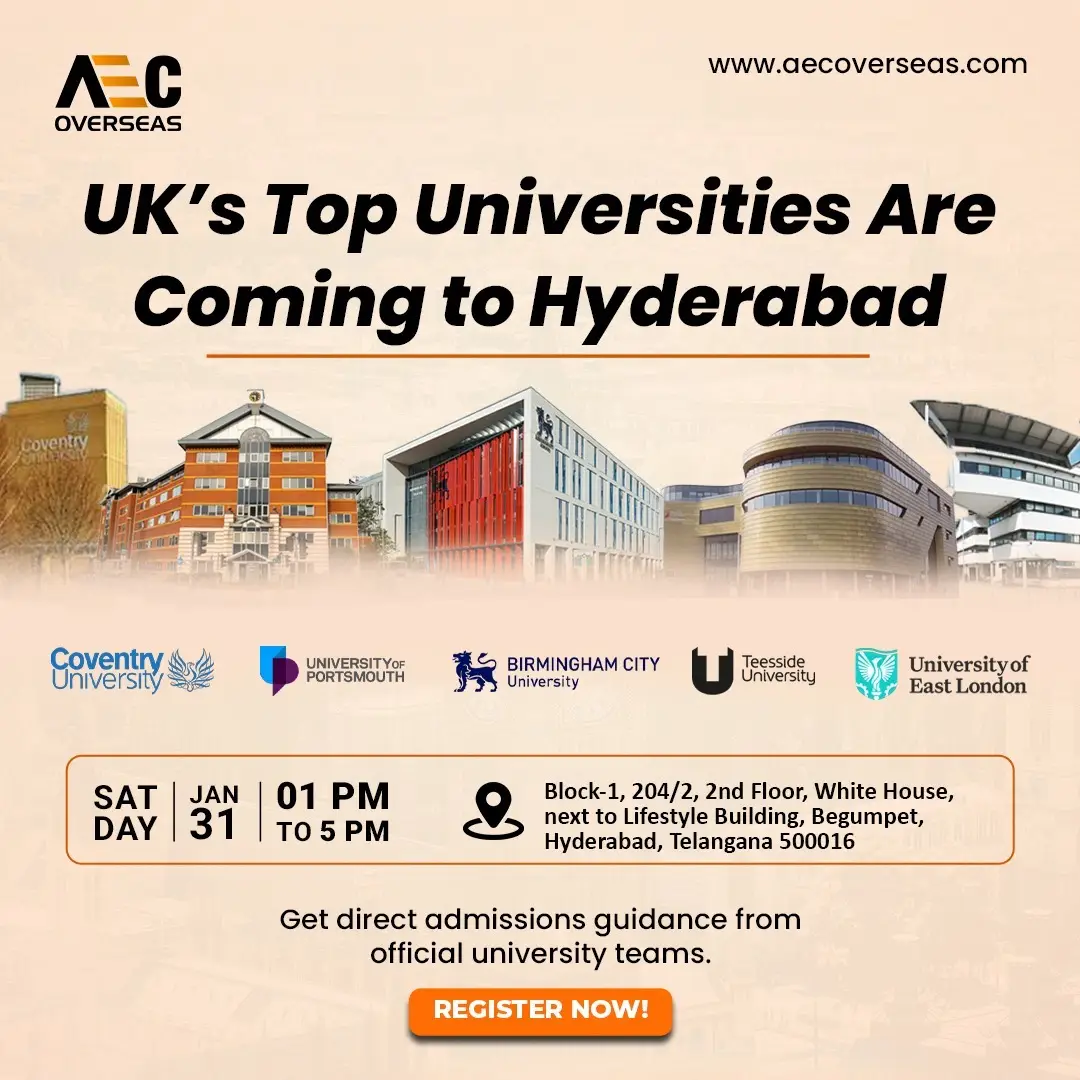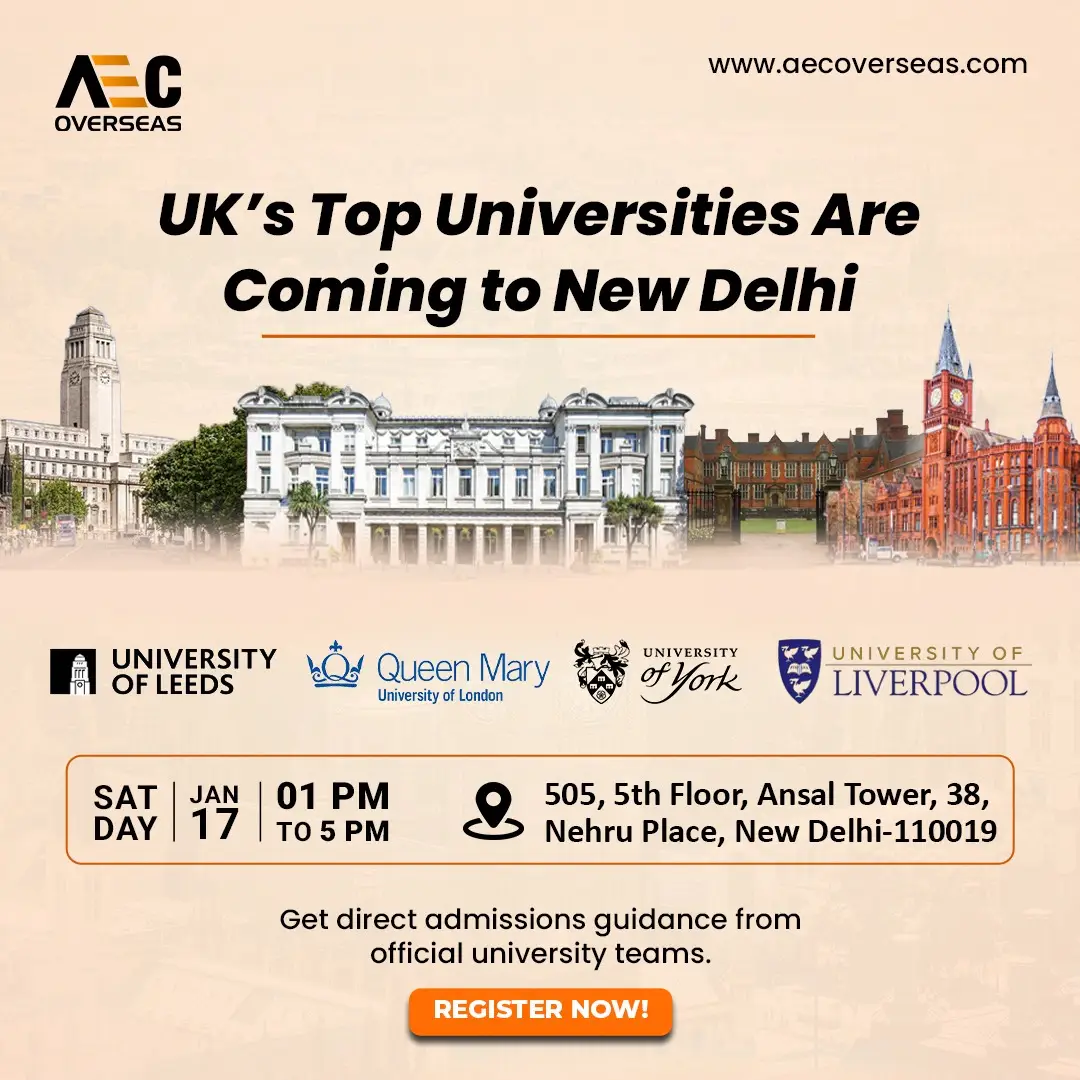The USA remains one of the most popular destinations for Indian students. In 2024, over 250,000 Indian students enrolled in American universities, and the number is expected to grow in 2025.
But applying for a USA study visa can feel overwhelming. From filling out the DS-160 form to preparing for the visa interview, one small mistake can lead to delays or rejections.
Get Free Counselling on WhatsApp
Start ChatThis blog explains how to apply for student visa for USA from India step by step. You’ll also learn about updated requirements, costs, timelines, and practical tips to improve your approval chances.
Quick Snapshot — What You Need to Know
To apply for a US student visa from India:
Ready To Study Abroad?
Speak to an Expert – 100% Free
- Secure admission and get your I-20 form.
- Pay the SEVIS fee.
- Complete the DS-160 form online.
- Book your visa appointment and pay the fee.
- Prepare documents and attend the visa interview.
- Show financial proof and ties to India.
Types of U.S. Student Visas & Which Suits You
F-1 Visa (Academic Degree)
Most Indian students apply for the F-1 visa, designed for full-time study in U.S. universities or colleges. It allows you to pursue bachelor’s, master’s, or PhD programs, with options like OPT/CPT for work experience.
M-1 Visa (Vocational/Non-Academic)
If you plan to study at a trade school or vocational institute, the M-1 visa is your route. Unlike the F-1, work opportunities are limited.
J-1 Visa (Exchange Program)
The J-1 visa is for exchange programs, research scholars, or government-sponsored training. Duration depends on your program.
Other Special Cases
Students attending short courses or specialized programs may need visitor visas (B-2), but these are rare for long-term study.
Step-by-Step Application Process
Step 1 — Secure Admission & I-20
- Get admitted to a SEVP-approved U.S. institution.
- Receive your Form I-20, which confirms your eligibility.
Step 2 — Pay SEVIS Fee & Keep Receipt
- Pay the SEVIS I-901 fee (USD $350 for F-1/M-1).
- Keep the receipt—it’s required for your visa interview.
Step 3 — Fill DS-160 Form Correctly
- Complete the DS-160 form online.
- Review carefully before submission. Mistakes can delay approval.
Step 4 — Pay Visa Application Fee & Book Appointment
- Pay the MRV visa fee (USD $185).
- Schedule two appointments:
- VAC (fingerprinting & photo)
- Visa interview at the U.S. Embassy/Consulate
- VAC (fingerprinting & photo)
Step 5 — Prepare Documents
Have all required documents ready (see next section). Missing even one can cause rejection.
Step 6 — Visa Interview: What to Expect
- Be ready to explain your course, finances, and study goals.
- Answer honestly and confidently.
Required Documents & Academic Proof
✅ Valid Passport (at least 6 months validity)
✅ Form I-20 from U.S. university
✅ DS-160 confirmation page
✅ SEVIS fee receipt
✅ MRV fee receipt
✅ Academic transcripts & certificates
✅ Standardized test scores (GRE/GMAT/SAT if required)
✅ English proficiency test (IELTS/TOEFL/PTE)
✅ Proof of finances (bank statements, loan sanction, scholarships)
✅ Proof of ties to India (property papers, family documents)
Financial Costs + Budget Beyond Application
| Expense Type | Cost (Approx.) | Notes |
| SEVIS Fee (I-901) | $350 | Paid before DS-160 |
| Visa Application Fee (MRV) | $185 | Non-refundable |
| Health Insurance | $500–$1,000/year | Required by universities |
| Airfare | ₹60,000–₹90,000 | Depends on city/season |
| Living Costs | $10,000–$18,000/year | Varies by city |
Timeline & Planning
- Apply early: Start 3–4 months before your course begins.
- DS-160 + Fee Payment: 2–3 weeks.
- Interview Wait Times: Vary by city (Delhi, Mumbai, Chennai, Hyderabad). Slots may take weeks.
- Decision Time: Usually within 7–15 working days, but delays happen during peak season.
Interview Preparation
- Common Questions: Why this course? Why this university? How will you fund your studies?
- Tips:
- Dress formally.
- Speak clearly and confidently.
- Carry all original documents.
- Dress formally.
- Avoid: Memorized answers, false information, hesitation about finances.
What’s New in 2024–2025
- Social Media Disclosure: Applicants may need to share social handles.
- Mandatory Interviews: More applicants now required to attend in-person interviews.
- Processing Fees: Slight increases in visa and service charges.
What to Do If Visa Is Denied
- Common reasons: Incomplete documents, weak financial proof, unclear study intent.
- Next steps:
- Correct issues and reapply.
- Use stronger financial documentation.
- Request advice from your university’s international office.
- Correct issues and reapply.
Work & Stay Options During / After Study
- OPT (Optional Practical Training): Up to 12 months of work after studies (STEM students get 24-month extension).
- CPT (Curricular Practical Training): Work integrated with studies.
- Maintaining Status: Always enroll full-time and update SEVIS info.
- Re-entry Rules: Carry valid I-20, passport, and visa for travel.
People Also Ask
What is the first step to apply for USA student visa from India?
Secure admission, get your I-20, and pay the SEVIS fee.
How much money do I need to show for USA student visa?
Enough to cover one year’s tuition plus living costs (often $25,000–$45,000 depending on university).
Can I work while studying in USA on an F-1 visa?
Yes, up to 20 hours per week on campus during semesters.
What documents are mandatory for USA student visa interview?
I-20, DS-160 confirmation, SEVIS receipt, passport, academic and financial proof.
How long does visa processing take for Indian students?
On average 7–15 working days after the interview, but timelines vary.
FAQ
Is a visa interview always required?
Yes, almost all Indian applicants must attend in-person interviews.
What happens if my entry date is delayed?
You must update your university and request an updated I-20.
Can dependents accompany me?
Yes, spouses and children can apply for an F-2 visa.
Do I need proof of English if my university waives it?
For the visa, you must still show proficiency via IELTS/TOEFL unless exempted.
What is SEVIS fee and why is it required?
It funds the Student and Exchange Visitor Information System (SEVIS) that tracks international students in the U.S.
Conclusion & Call to Action
Applying for a student visa for USA from India can feel complicated, but the process becomes simple when you prepare step by step. Focus on your I-20, SEVIS, DS-160, finances, and interview readiness.
👉 Start early, gather strong documents, and be honest during your interview. Ready to begin your study in USA journey? Book a free consultation or drop your questions in the comments below.
